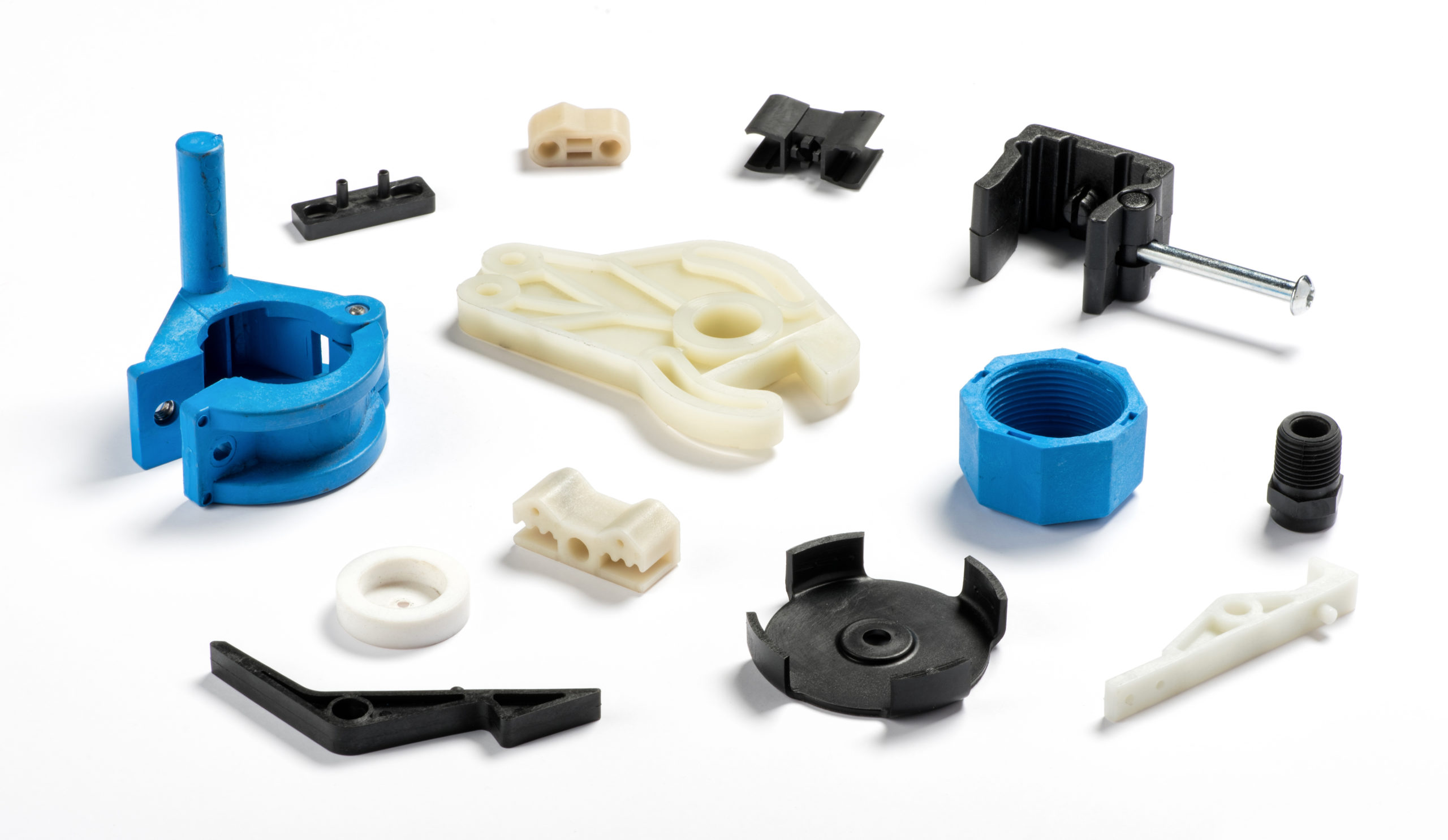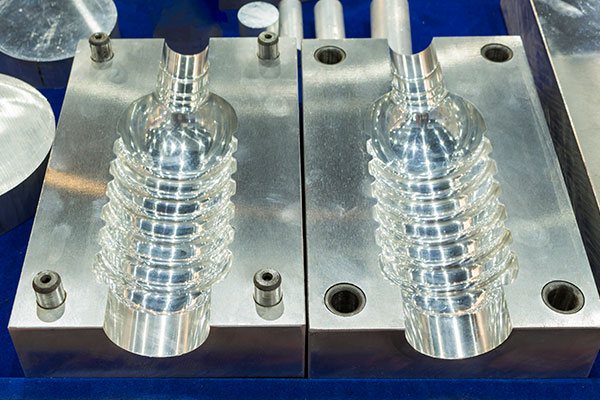How Plastic Injection Molding Drives Performance in Automation
The Future of Plastic Injection Molding: Patterns and Innovations to View
As the plastic injection molding sector evolves, numerous vital trends are arising that assurance to improve its landscape. Automation and clever production strategies are readied to improve efficiency, while the change in the direction of lasting products shows an expanding environmental consciousness. Improvements in 3D printing are paving the way for unprecedented design adaptability. These developments also bring forth challenges that call for cautious consideration. Comprehending how these elements will certainly communicate and influence future techniques is critical for stakeholders aiming to browse this transformative period effectively.
Automation and Smart Production
As the plastic injection molding sector progresses, automation and smart production are taking spotlight, revolutionizing manufacturing processes - Plastic Injection Molding. The integration of innovative innovations such as robotics, IoT (Internet of Points), and expert system is enabling suppliers to enhance performance, decrease functional costs, and boost product high quality. Automated systems streamline process, minimizing hands-on treatment and boosting throughput, which is vital in satisfying the rising demand for quick production cycles
Smart producing modern technologies help with real-time surveillance and information analysis, permitting companies to enhance machine performance and anticipate upkeep needs. This aggressive approach not only lessens downtime but also prolongs the life-span of equipment. Furthermore, the usage of collaborative robots, or cobots, improves the adaptability of assembly line, enabling makers and employees to operate side by side safely and efficiently.
The fostering of automation in plastic injection molding is not merely a fad yet a critical crucial for businesses aiming to continue to be affordable in a worldwide market. By taking advantage of these innovations, suppliers can accomplish higher precision, lower waste, and adjust quickly to transforming customer demands, positioning themselves for sustainable development in an increasingly automated future.
Lasting Materials and Practices
The push in the direction of automation and smart production has led the way for a better emphasis on sustainable materials and methods within the plastic injection molding market. Business are progressively looking for eco-friendly choices to traditional petroleum-based plastics, bring about the adoption of recycled and bio-based materials. These sustainable materials not only reduce ecological effect but additionally line up with consumer demand for greener items.

Furthermore, collaboration in between suppliers, product suppliers, and ecological organizations is cultivating innovation in the development of sustainable materials that satisfy performance requirements without jeopardizing high quality. As policies around plastic use end up being more stringent, the market is poised to adapt by embracing these lasting techniques, guaranteeing long-lasting feasibility and reducing dependence on non-renewable sources. The combination of sustainability into plastic injection molding is not just a pattern; it is becoming a crucial part of business duty and operational quality.
Advancements in 3D Printing
Current innovations in 3D printing innovation are significantly changing the landscape of plastic shot molding. As soon as challenging or difficult to accomplish via typical methods, the combination of additive production processes allows for the quick prototyping of complex geometries that were. This capability not only accelerates product development cycles but also lowers product waste, lining up with the expanding need for sustainable production methods
Moreover, the emergence of crossbreed manufacturing techniques, which combine 3D printing and injection molding, offers producers the capacity to create detailed designs while keeping the performance of automation. This technique makes it possible for the production of customized components tailored to particular customer demands without giving up the speed and scalability that shot molding gives.
Additionally, innovations in products, such as high-performance polymers and composites specifically made for 3D printing, are boosting the useful capabilities of printed parts. These materials can endure better stress and anxiety and exhibit enhanced thermal residential or commercial properties, making them suitable for more requiring applications.
As 3D printing proceeds to progress, its integration into plastic injection molding processes assures to enhance efficiency, lower expenses, and foster technology in product design, positioning producers to much better fulfill the difficulties of an open market.
Information Analytics and IoT Combination
Information analytics and the combination of the Net of Points (IoT) are transforming plastic shot molding by providing producers with unmatched insights right into their procedures. By leveraging real-time data gathered from interconnected devices and sensing units, manufacturers can keep an eye on performance metrics, identify inadequacies, and optimize manufacturing processes. This data-driven technique helps with anticipating upkeep, minimizing downtime and extending equipment lifespan.
Moreover, IoT integration permits enhanced quality assurance. By continuously tracking variables such as pressure, temperature level, and cycle times, makers can promptly identify inconsistencies from established criteria and make modifications in genuine time. This not only enhances product consistency but likewise navigate here minimizes waste and scrap rates.
The fusion of information analytics and IoT innovations likewise encourages producers to take on even more dexterous manufacturing strategies. With accessibility to comprehensive data analytics, companies can react to market needs with better adaptability, readjusting manufacturing timetables and arrangements as required. This versatility is vital in a swiftly altering production landscape.

Personalization and Style Versatility
How can personalization and style flexibility improve the competitiveness of plastic have a peek at this website shot molding? In an increasingly varied market, the ability to offer tailored options is paramount. Modification permits suppliers to meet certain customer demands, accommodating distinct dimensions, shapes, and capabilities that typical products may not fulfill. This versatility not only cultivates client commitment yet likewise opens up avenues for brand-new business chances throughout numerous fields, from auto to durable goods.
Developments in style technologies, such as computer-aided layout (CAD) and quick prototyping, further reinforce this pattern. These tools make it possible for designers to produce detailed patterns and complicated geometries, which can be seamlessly incorporated right into the manufacturing procedure. Because of this, makers can react quickly to altering consumer choices and market needs.
Furthermore, the execution of modular these details tooling systems enhances style adaptability, permitting quicker changes in between different product styles without considerable downtime. This versatility can result in lowered preparations and lower manufacturing prices, making firms a lot more competitive and agile. Eventually, accepting customization and layout flexibility in plastic injection molding not just raises product offerings but likewise enhances market positioning in an ever-evolving landscape.
Conclusion
The future of plastic shot molding is defined by significant innovations in automation, lasting methods, and cutting-edge products. The assimilation of IoT and data analytics will certainly enhance functional performance and predictive maintenance. Additionally, the adoption of recycled and bio-based products, together with progression in 3D printing, will certainly foster sustainability within the industry. Personalization with modular tooling and quick prototyping will certainly allow makers to stay receptive and competitive to the dynamic needs of the market.

The future of plastic injection molding is defined by substantial innovations in automation, sustainable practices, and innovative materials.